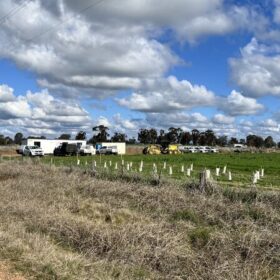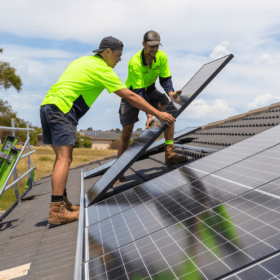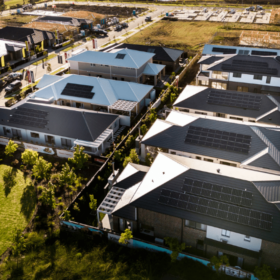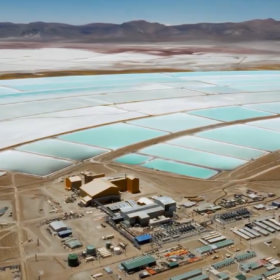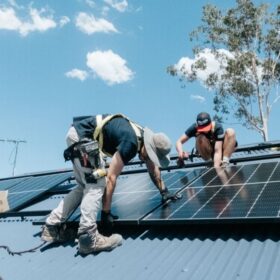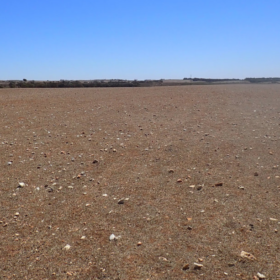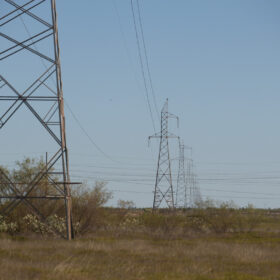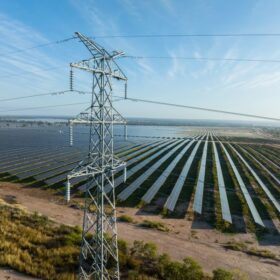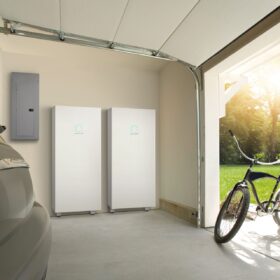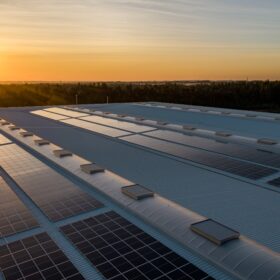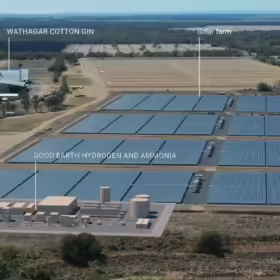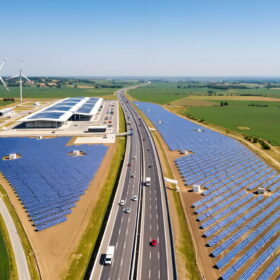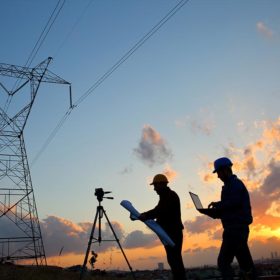Scientists set new efficiency target for monolithic perovskite-silicon tandem solar cell
Researchers at the University of Sydney have achieved 30% efficiency rating with a monolithic perovskite-silicon tandem solar cell and now have their sights set on a new target.
Construction ramps up after Engie reaches financial close on 250 MW solar farm
The Australian arm of French renewables developer Engie says it has reached financial close on the 250 MW Goorambat East Solar Farm being constructed in northeast Victoria and expects the project to commence operations by 2027.
New energy market rules rollout customer benefits and flexible control over usage
The Australian Energy Market Commmission has released new rules giving consumers more value from and control over their energy use while retailers get more options to bill individual consumer energy resources, such as electric vehicles.
Net Zero power shift hinges on consumer and distribution energy resources: report
A rapid uptake of consumer and distribution energy resources in Australia sets the stage for their role in the transition but if legacy operating systems don’t keep up the pace they risk falling short of delivering their potential, a new report finds.
Breaththrough technology cuts lithium extraction costs, boosts sustainability
A Melbourne startup has unlocked new potential to cut environmental and economic costs of lithium extraction and processing by delivering a proof of concept that produces battery grade lithium hydroxide using no water or chemicals and minimal energy.
Autonomous energy storage software update empowers multi-GWh projects
Finland-headquartered technology company Wärtsilä Energy has launched an upgrade of its GEMS digital energy platform, which the company says can transform the way GWh-scale battery energy storage projects are managed in Australia.
Victorian rooftop solar uptake exceeds five million panels and 2 GW of power
Uptake of Victorian rooftop solar rebates sees five million individual solar panels installed across the state, doubling the output of the brown coal Yallourn power station to generate 2 GW of power to date.
New solar project gives momentum to South Australia’s 2027 renewables target
A proposed 300 MW solar farm northeast of Adelaide is on public exhibition with the South Australian planning authority and will complete the approved Robertstown solar and battery storage project, playing its role in the state’s 100% renewables by 2027 target.
The Pilbara urgently needs common use transmission infrastructure: report
Urgently decarbonising and electrifying Australia’s iron ore industry in the Western Australia Pilbara region with common-user transmission infrastructure, is highly recommended by a new Climate Energy Finance report.
Transmission service providers must toe the line on community engagement
Local communities and landholders can expect a high level of engagement from organisations that plan, build and operate transmission lines following the release of a new community engagement guide from the Australian government.


